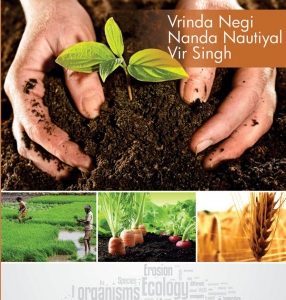
Vir Singh

25 books
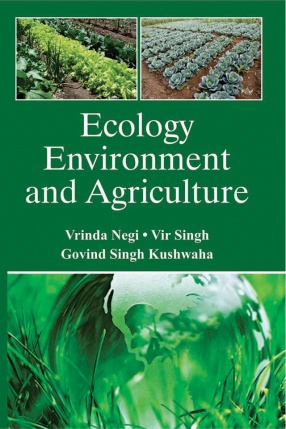
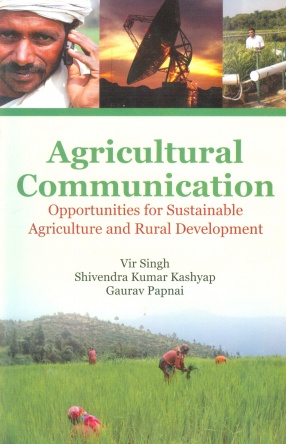
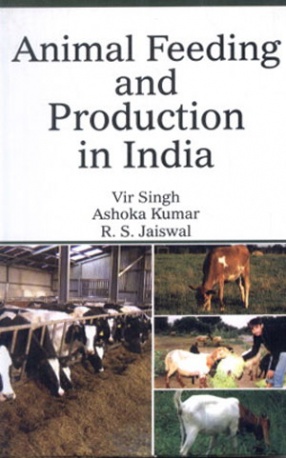
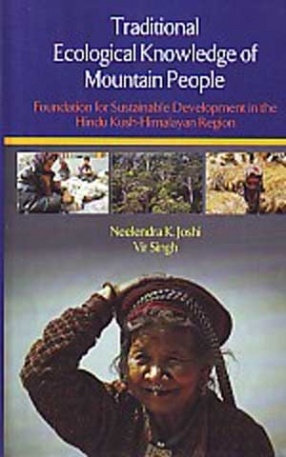



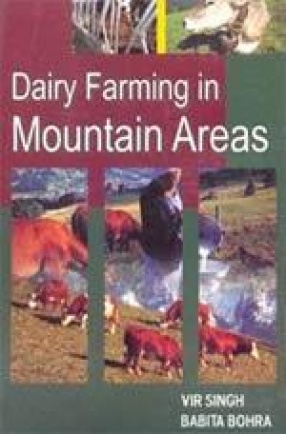

Soils of the world hold a key to climate solution and sustainable agriculture. Our happiness, our future and our sustainability are rooted into this loose top layer of the Earth, we call soil. Soil is more than it has been understood as so far. It is the basis of our existence. It is the basis of our survival. It is the basis of our sustainability, and it is the very basis of the whole story of life on Earth. There is a saying: If you own soil, you own up to sky. ...
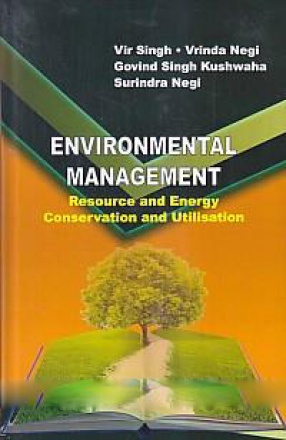
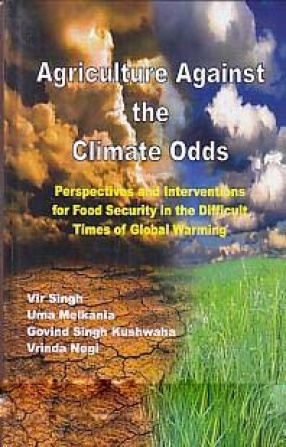
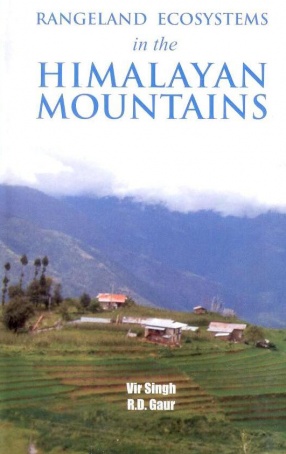
Rangelands occcur almost everywhere on land’ surface of the Earth. In total, they cover about a quarter of the Earth’surface. According to some estimates, 70 per cent of the world’s total and area serves as rangelands. In the Himalayan areas, they occupy quite an appreciable proportion of the geographical area, ranging from some 60 to more than 80 per cent. Despite this dominance of the range ecosystems on Earth, they remain relatively less ...

Ecology, environment and agriculture are inseparably allied. Agriculture, in essence, produces foods by transforming natural environments and manipulating ecological processes. Environmental factors determine structure and functions of an ecosystem.
This book attempts to collate many chapters written by well-known ecologists, environmentalists and agriculturists which discuss critical issues, perspectives and strategies influencing our ecosystems, physical ...

This book provides comprehensive details on Sustainable Rural Development, Concept and Strategies toward sustainable Rural development, Ecological Roots of agriculture and rural development, Community radio for rural development, Association between knowledge level of contact and non-contact farmers about the activities undertaken by the Krishi Vigyan Kendra, Communicational attributes of the recommended cauliflower growers, Constraints perceived by the farmers ...
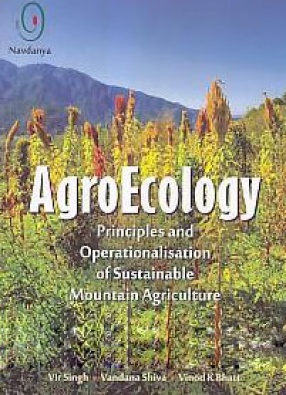
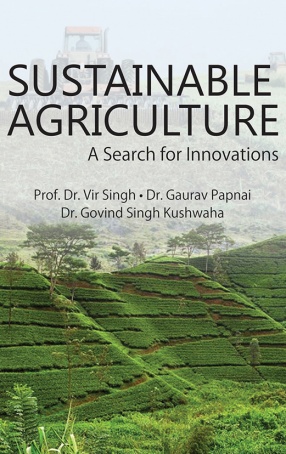
Sustainable agriculture development is not only necessary but also an imperative of our times. Agriculture cannot and should not be less than being sustainable. Sustainable agriculture means a vibrant, happy, progressive and sustainable society. India has a vast experience of creating innovations in agriculture. Sustainability, in fact, cannot be realized without articulation of innovations. Innovations are crux of sustainability. This book collates selected ...
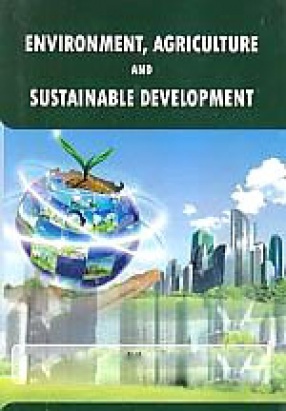
Contents: 1. Education : a potential tool for sustainable development/Priyanka. 2. Vegetation dynamics with reference to climate change/Nisar H. Bhat, Shahida Jan, F.D. Sheikh, F.A. Shah Khan and Sarfaraz A. Wani. 3. Health hazards associated with pesticide application/Pratibha Singh, Poonam Tewari and Reeta Yadav. 4. Integrated farming systems in the Himalayan Mountains: research experiences in Yamuna Valley/Vrinda Negi, Vir Singh. 5. Non woven fabric of ...
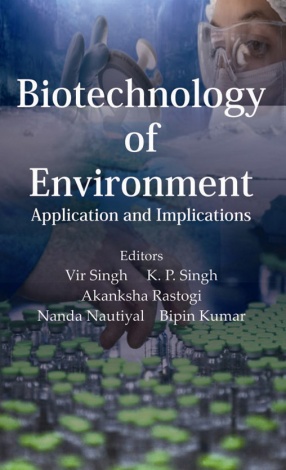
Biotechnology and Environment are the burning issue of our times. Through the applications of biotechnology we are exploring new possibilities of life, living-systems, socioeconomic systems and many more things ranging from bacteria to large animals, from environmental sanitation to human health, from agriculture to industry, and from non-existent to prospective existent. Every walk of life, in essence, is now under the command of biotechnology. What is ...

Agriculural Communications is lifeline of agriculture. Communication intervention is phenomenal for agricultural development Without an effective communication system agriculture itself would be in jeopardy. Well thought out, effective, perspective-based and meaningful communication intervention is a must for development of sustainable agriculture. Since agricultural development is inevitably linked with rural development, communication intervention in the former ...

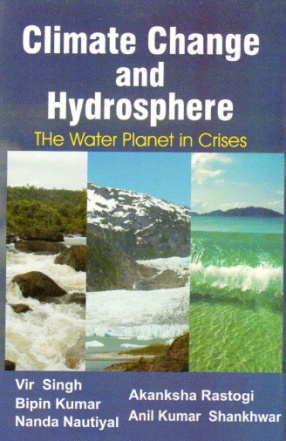
The water Planet is in Crises. The hydrosphere the largest body of the biosphere is in perilous state. Indiscriminate use of water in agriculture, industries, households, etc. has resulted in water scarcity. Water scarcity has coupled with water pollution. Whatever little water is left for drinking is infested with deadly pollutants, both chemicals and biological. Most of the ills humanity suffers from are owing to water pollution. Climate change has further ...
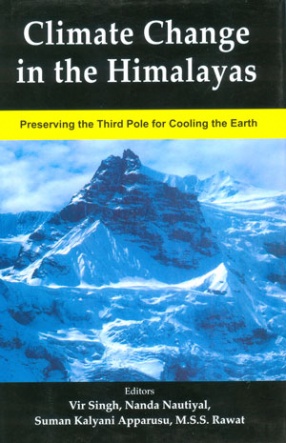
The Himalayas are the highest, the loftiest and the most fragile ecosystem on the Earth. As they accumulate the largest mass of snow and ice outside the North and South Poles, it is often referred to as the Third Pole. The Third Pole, apart from influencing global weather system, also contributes to cooling the planet Earth. Climate change exhibiting the rising temperature to an alarming extent is posing a threat not only to the Himalayas but also to the plain ...

Animal Feeding and Production in India an edited work of the prominent scholars and renowned experts at the prestigious GB Pant University of Agriculture and Technology Pantnagar. Especially structured for Indian farmers livestock owners dairy entrepreneurs animal ecologists researchers and students the book attempts to cover all aspects of livestock production and feeding. All important livestock species cattle buffaloes Angora rabbits goat sheep poultry which ...
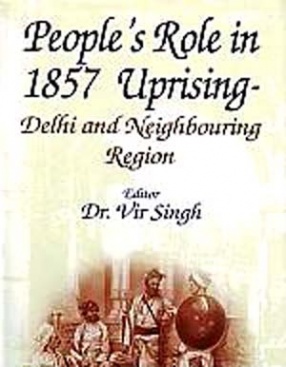
Papers presented at the Seminar on People's Role in the Uprising of 1857, held at New Delhi on 9th January 2008.


Carbon sequestration in nature is of critical value for resolving vital issues of our times, namely the state of ecological paucity, natural resource management, global warming, climate change and sustainable development. It is the free carbon in nature, particularly in the form of CO2 that is responsible for most of the ills of our environment and that makes future of life on earth bleak and unsustainable. Earth's gradually but steadily becoming warmer is ...

The Himalayan mountains are facing the worst ever crisis. The planned ecological carnage in the region is gradually extending into the flatland areas. If the current 'development' exercise is not stopped and the stage of ecological ruin is not reversed through a viable alternative area perspective-based approach of development, the situation will assume catastrophic dimensions.
"The present book, in 15 chapters written by eminent mountain scholars, attempts ...

The Jats are one of the most important races among the Indian population today, as during the Muslim period, and their traditions go back to dim antiquity. A critical study of the past history of such a race on the basis of all the available material cannot fail to be a subject of deep interest and instruction to all Indians. Such a study is presented in this book History of the Jats by Professor Kalika R. Qanungo all known sources, printed and manuscript, ...


For an indepth understanding of the history of the Mughal Empire an intensive study of different indigenous powers is essential. The role of powers viz the Marathas and the Rajputs has received careful study from historians. But no serious studies have been undertaken in the case of the Jats of this period. This study shows that in the post-Aurangzeb period, the powerful elements at the court found it expedient to conciliate the Jats in order to retain power and ...

Raja Mahendra Pratap was born (1886) in the Hindu family of Mursan and was married (1902) to a Sikh family of Jind. He got his education under British Headmasters and Muslim teachers all from Mohammdan Anglo Oriental Colelge Aligarh founded by Sir Sayyed Ahmad Khan. With this background he shaped into a true representative of secular society and got fully equipped to break the fetters of conversativism. To bring India at par with European Countries, Raja Mahendra ...

Dairy farming is one of the key economic activities livestock dependent farming communities in the mountain areas depend upon. Dairy farming involves natural resource base –forests. rangelands, croplands, livestock breeds-feeding, breeding, health management, marketing and consumption of the products. This book presents wonderful synthesis of the smallholders’ resources management in the mountains. Smallholders constitute the ...
